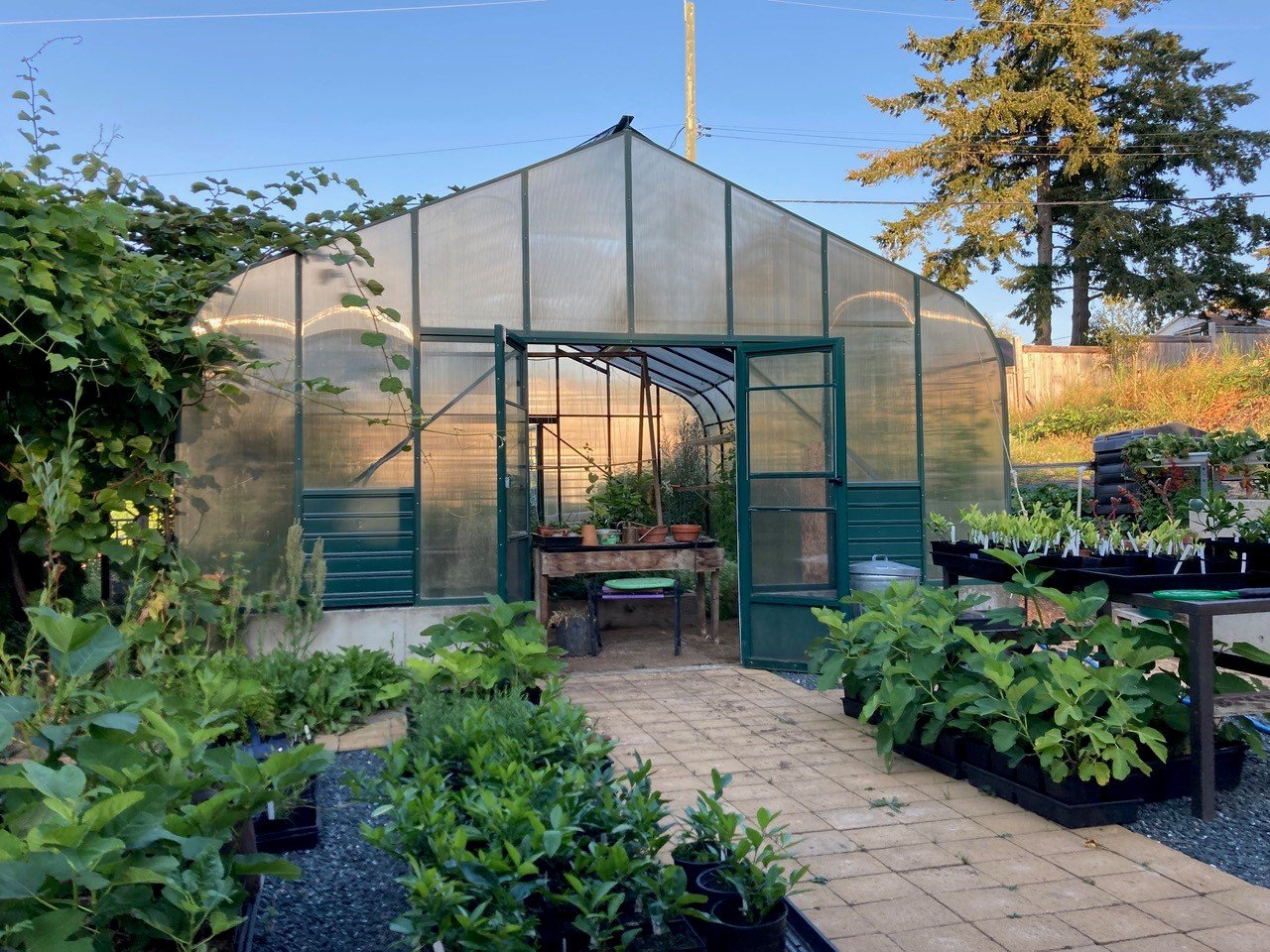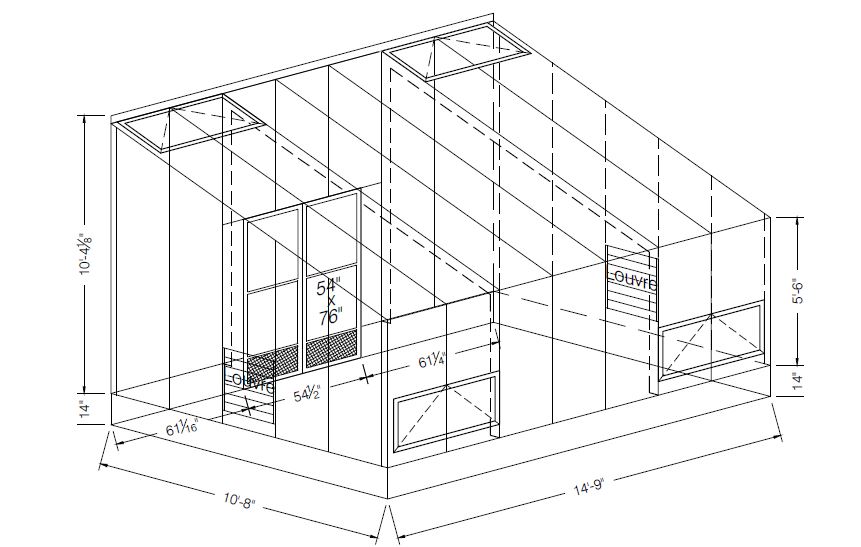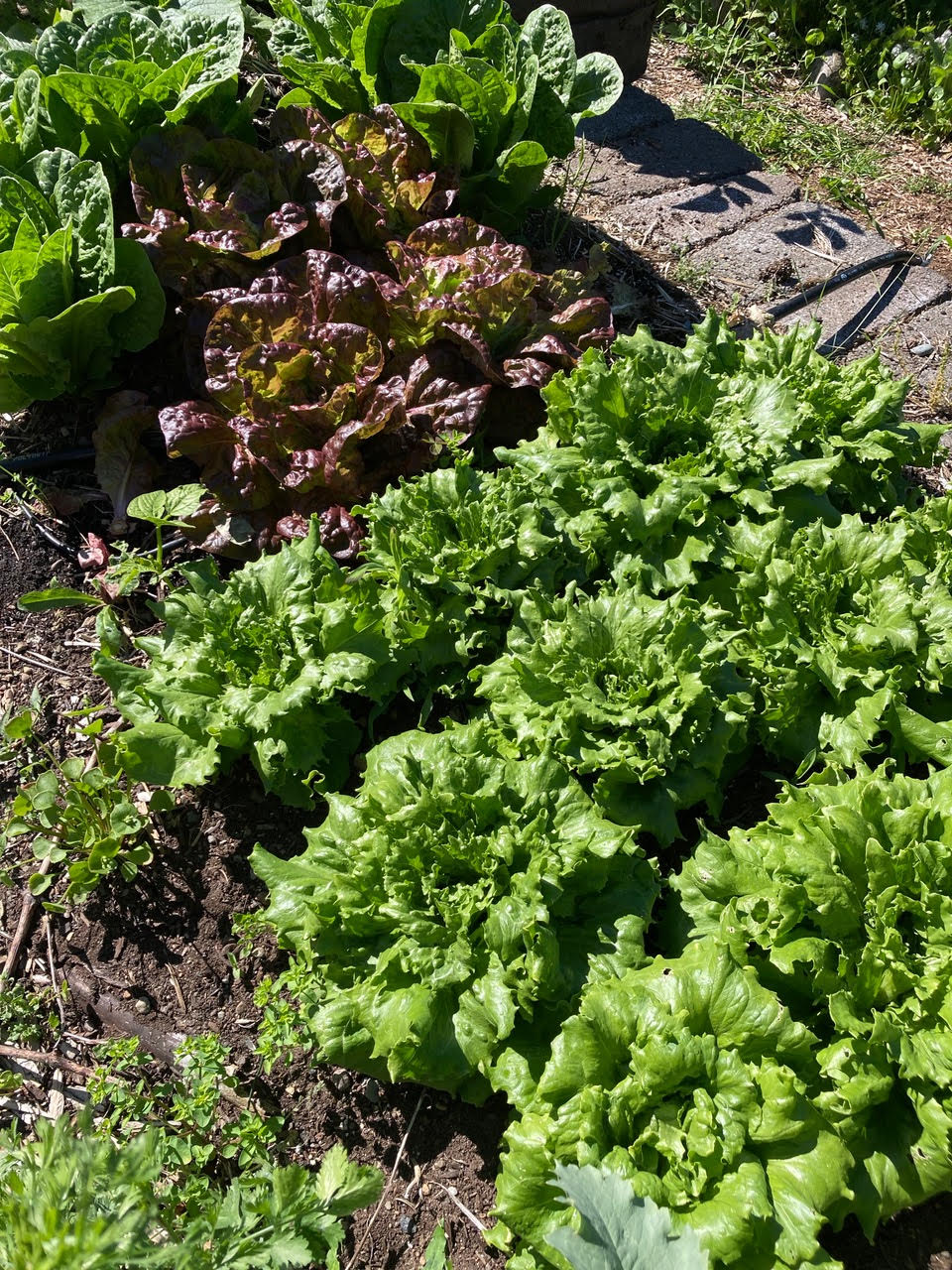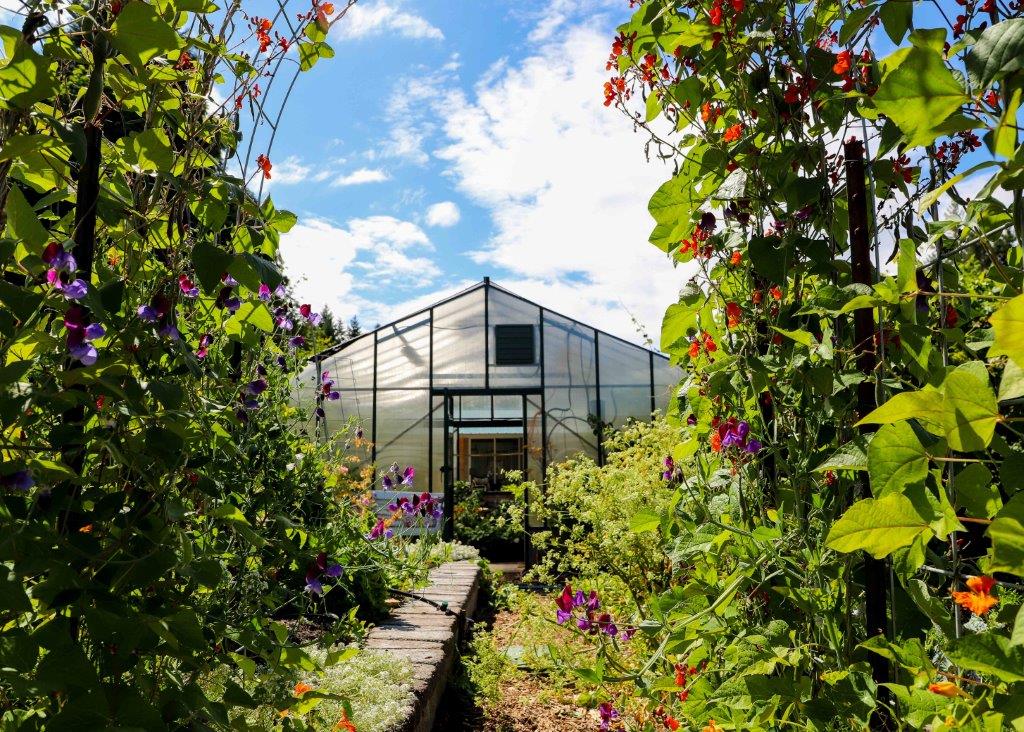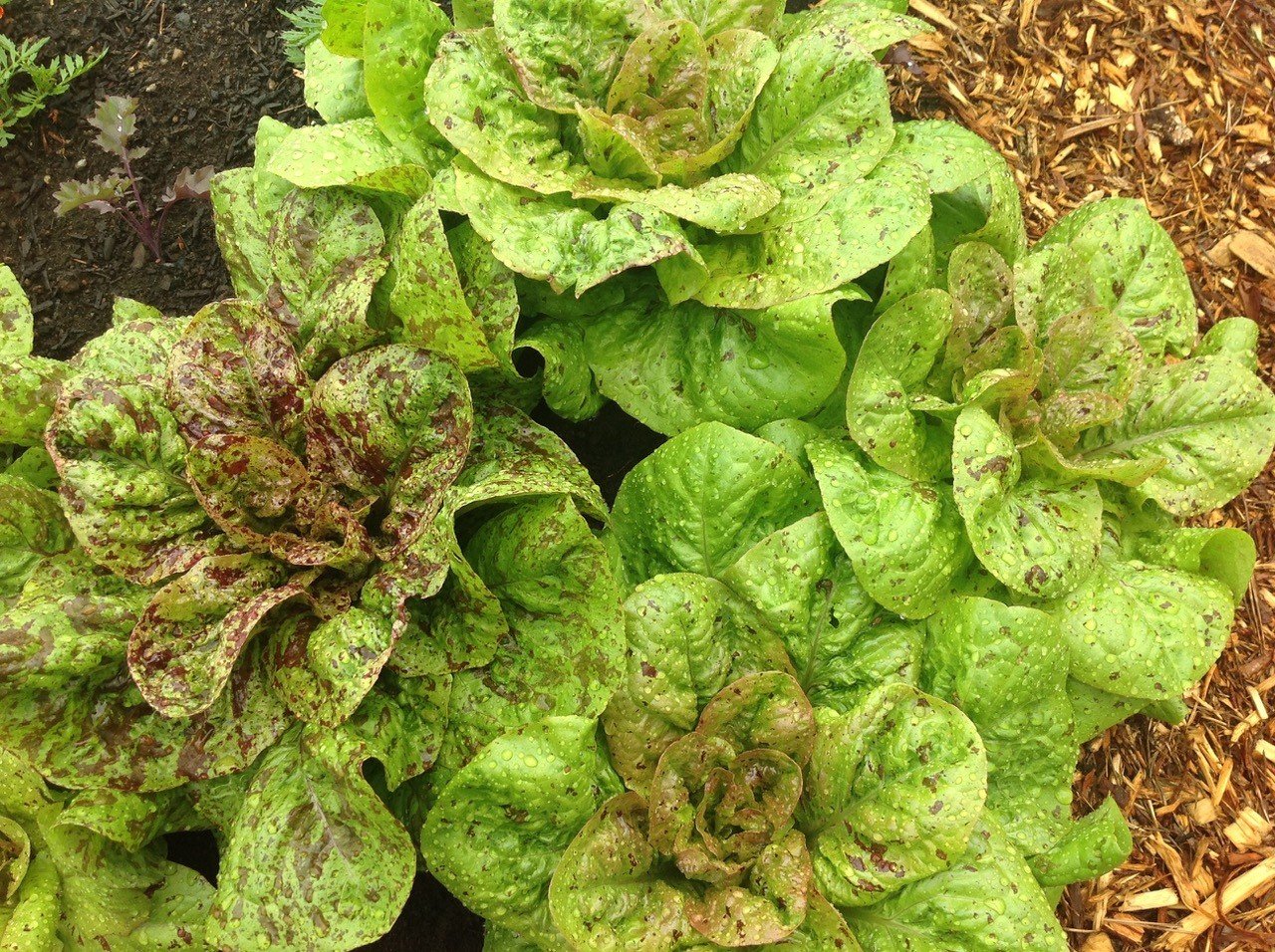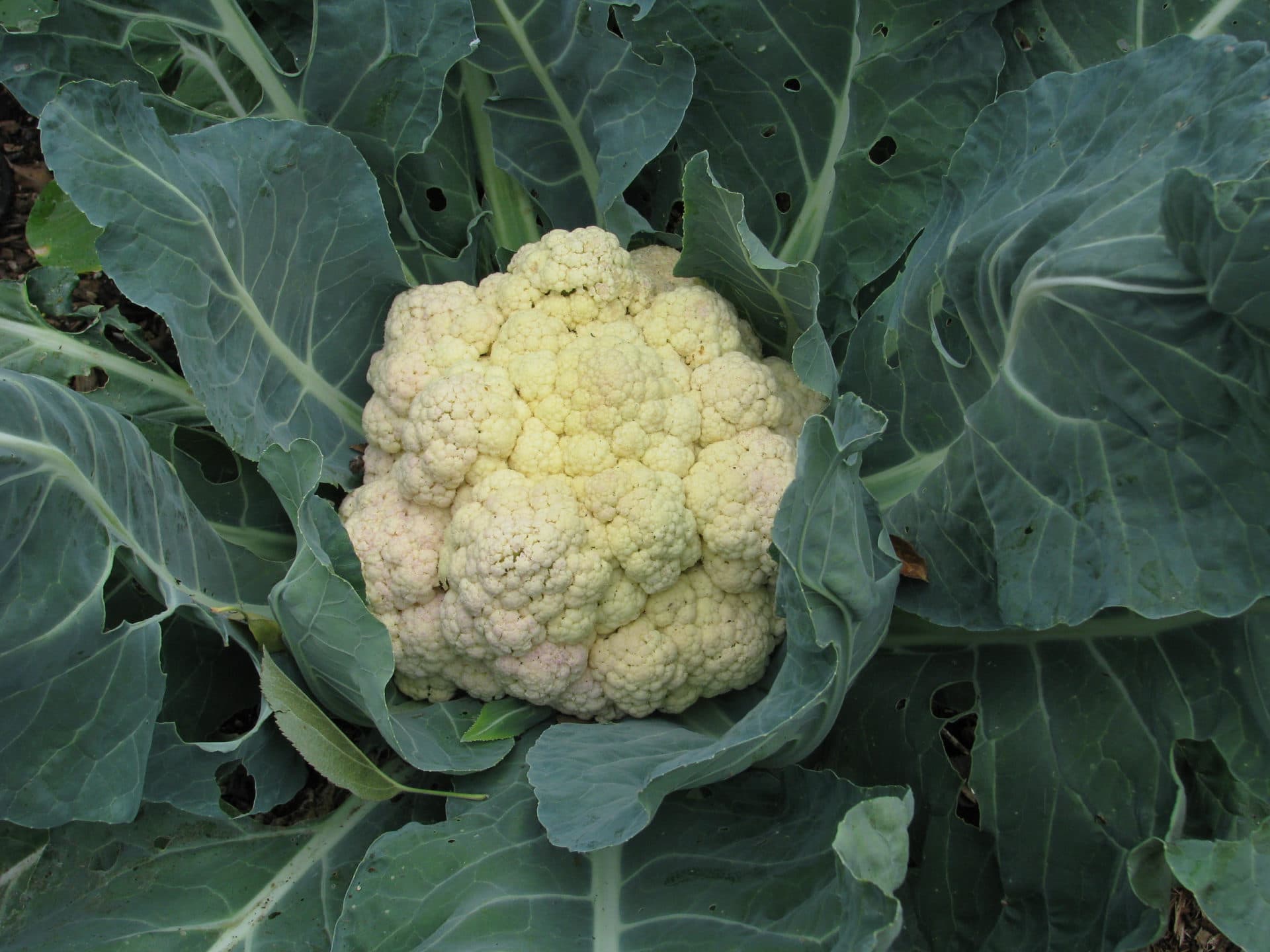Quick Answer:
Why grow your own lettuce this season? Growing full-size head lettuce in your greenhouse garden brings unmatched freshness, variety, and taste compared to store-bought bagged greens. Head lettuces like romaine, butter, crisphead, and leaf types offer richer textures, better crunch, and longer shelf life. They’re ideal for salads, wraps, and sandwiches—and thrive in small spaces between larger greenhouse crops. With easy care, seed-saving potential, and improved nutrition from organic soil, homegrown lettuce is a flavorful, sustainable upgrade to your garden. Rediscover the joy of harvesting crisp, nutrient-packed greens right outside your door.
If you watch old re-runs on Netflix you have seen how fashions and styles have changed dramatically since Seinfeld was filmed in the 1990s. The same is true for food – especially lettuce.
I first wrote about “novel” mesclun greens (mixed lettuce) in 1995. Since then, they have become so popular, that bagged lettuce is the only lettuce most people know. And this is too bad because lettuce greens or bagged greens are really just immature greens like kale and lettuce leaves. So, for something completely novel, why not go back to the future? Grow full-size head lettuce in your Greenhouse Garden this year.
Most people don’t remember life before the small bags of lettuce leaves so commonly sold now at big box stores and local farm markets. But if you want the crunch of lettuce in a BLT sandwich or if you want to replace Pita bread with a Keto-friendly lettuce leaf wrap for lunch, then start growing your own heads of lettuce this season.

%20copy.jpg)


